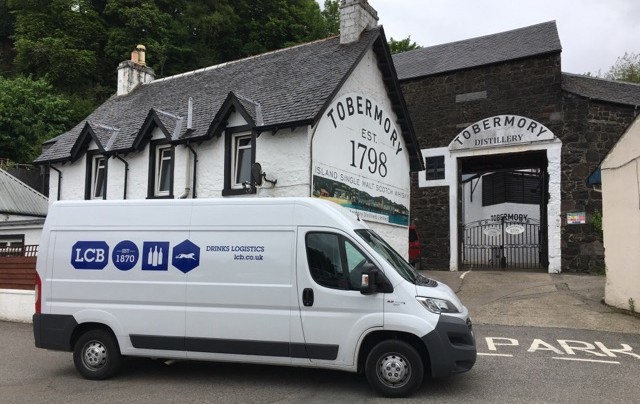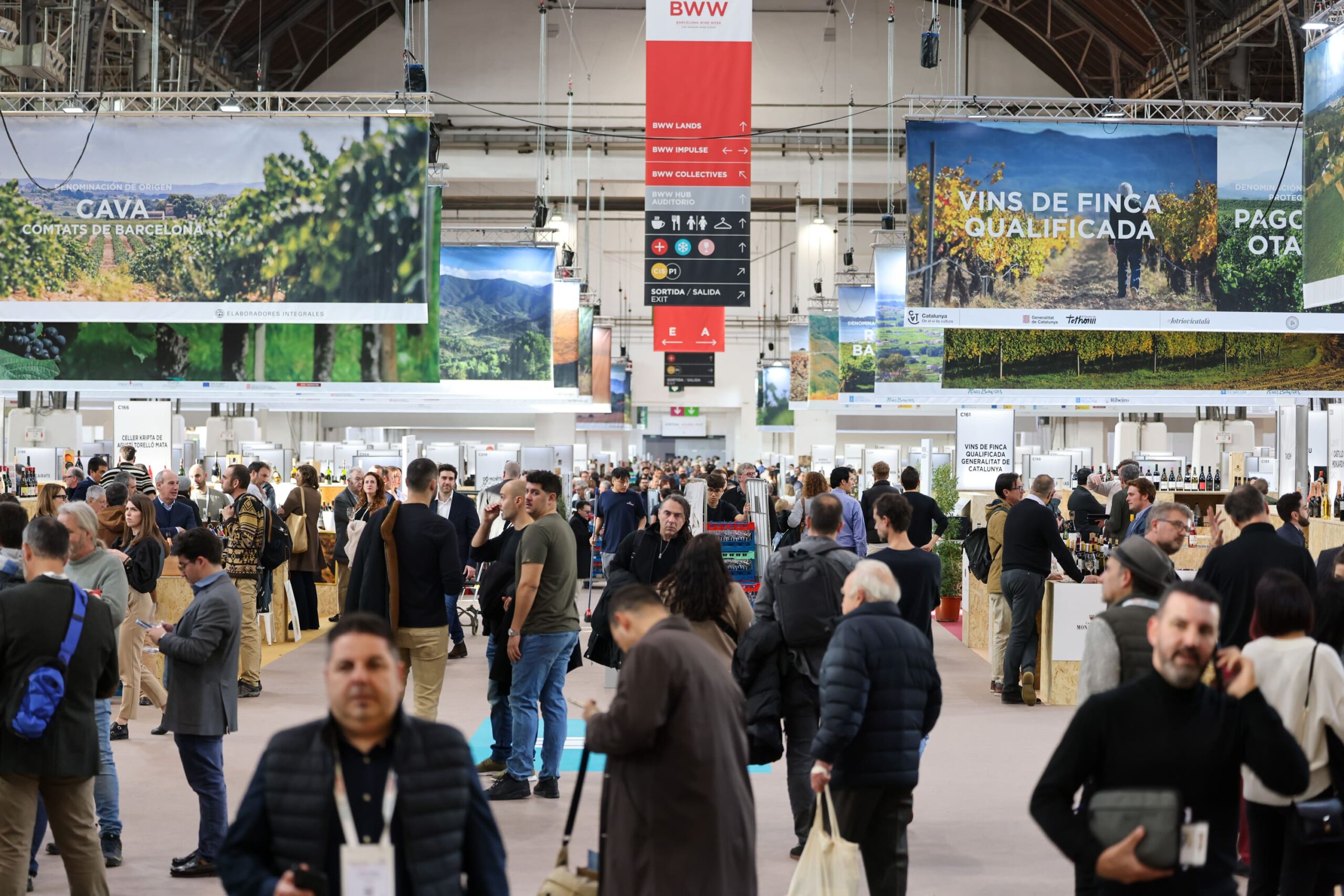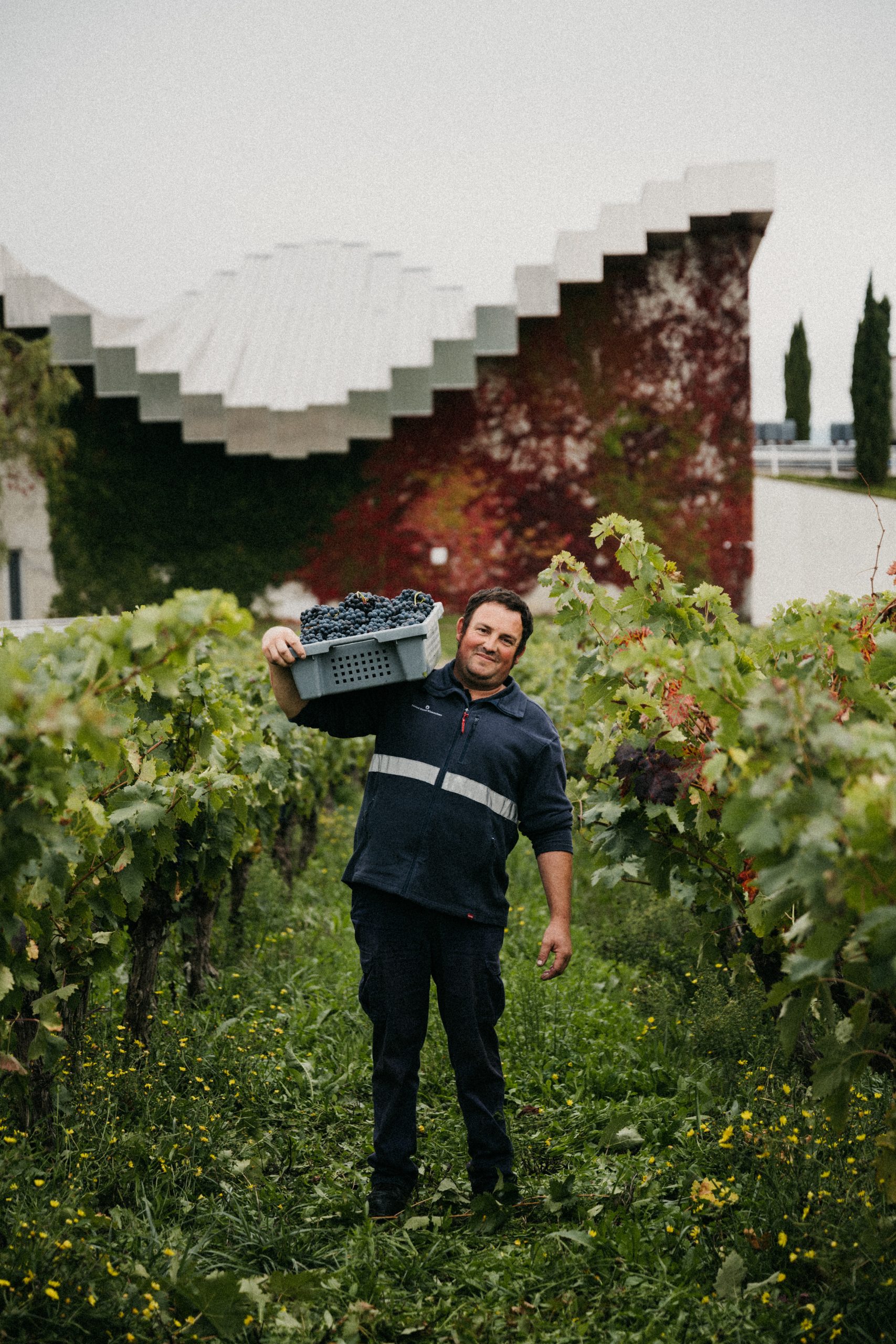Ruinart brings ecology back to Champagne vineyards
Ruinart is bringing the original flora and fauna back to a 40 hectare vineyard in Champagne as the producer creates over 4km of ecological corridors in and around the plot.
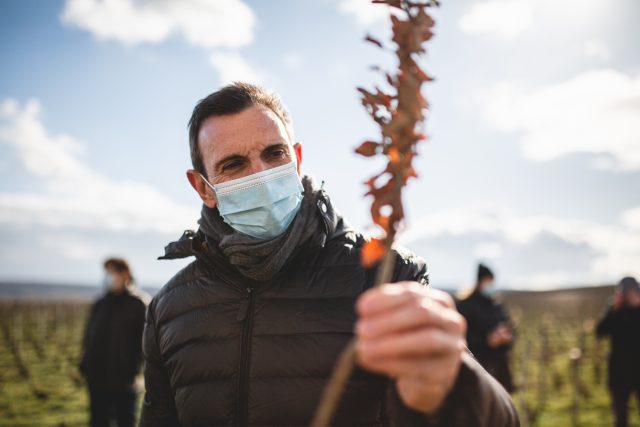
As part of a biodiversity pilot project at Ruinart’s historic 40ha vineyard in Taissy, last month the Champagne house planted a series of outer hedges, and will soon be re-instating native vegetation within the vineyard too.
The Taissy project will be carried out using vitiforestry, which sees the application of agroforestry techniques to the vineyard, which the producer said was made especially effective for creating wildlife corridors due to the proximity to the existing Fort de Montbré forest area at this plot.
The first step, launched in March 2021, was to plant outer hedges at the site, which is a premier cru vineyard planted with Chardonnay that is 6 to 18 years old, as well as Pinot Meunier, aged 19 to 23 years.
Next will come intra-plot hedges and islets, and then between 2021 and 2022, nearly 14,000 trees and shrubs will be planted, spread across 4.4km of hedges and 800m² of islets.
According to Ruinart, not only do local tree species greatly improve biodiversity but they also provide habitats for fauna such as ladybugs, lacewings, birds and bats that are useful in the management of vineyards.
“We want to regenerate the soils and bring back the original fauna and flora to this parcel through these vitiforestry practices, which allow us to re-establish ecological corridors within the historic Taissy vineyards,” said Frédéric Panaïotis, Ruinart’s chef de cave.
Among the native species being are hornbeams, hawthorns, dogwoods, viburnums, pussy willows, rowans, European spindles, beeches, and lindens.
The project also helps restore the more natural appearance of the Champagne landscape, with its trees and its hedges, as might have existed three generations ago.
Partner Content
Ruinart is working with forest specialist Reforest’Action, which is a Certified B Corporation whose mission is to preserve, restore and create forests in France and around the world.
Since its creation in 2010, Reforest’Action has planted and protected more than 10 million trees in 25 countries and raised awareness amongst 20 million people about the importance of forests.
“We are delighted to work with Maison Ruinart to implement this project which proves their desire to actively generate concrete and lasting environmental benefits within the heart of their activity,” said president and founder of Reforest’Action, Stéphane Hallaire.
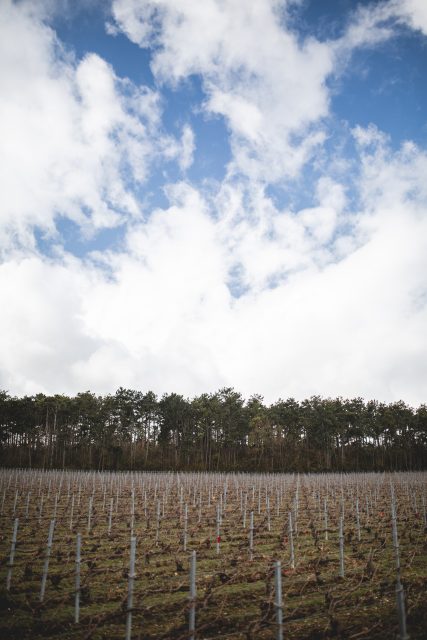
This project is part of the IMAGINE movement to preserve and regenerate forests, of which Maison Ruinart is one of the first members.
Ruinart is part of Champagne’s largest group, Moët Hennessy, which has a number of projects underway in a bid to reduce the impact of viticulture on the environment, including using sheep to keep weeds and grasses at bay in vineyard.
However, as reported by db at the start of this year, the major Champagne producer suffered a bizarre theft, when a flock of sheep were stolen from a vineyard in Aÿ.
Read more

